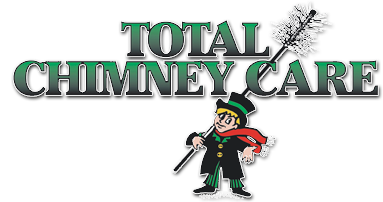 The level of detail involved in a chimney inspection used to be dictated by each individual chimney inspector. However, as of January of 2000, the National Fire Protection Association amended the code NFPA 211 to include three levels of chimney inspections. This amendment serves as a way to eliminate the discrepancies between various inspectors and to ensure the homeowners receive the kind of inspection they want and need.
The level of detail involved in a chimney inspection used to be dictated by each individual chimney inspector. However, as of January of 2000, the National Fire Protection Association amended the code NFPA 211 to include three levels of chimney inspections. This amendment serves as a way to eliminate the discrepancies between various inspectors and to ensure the homeowners receive the kind of inspection they want and need.
The first level of chimney inspection is called the Level 1 inspection. This is the most basic type of inspection, and it is generally reserved for routine visits where no problems are suspected. In this inspection, the inspector examines every readily accessible part of the chimney, meaning he or she looks at everything that can be easily uncovered without the use of any tools. Looking for general soundness, the inspector checks the installation and connections in the chimney. He or she also determines if there is any residue deposits or obstructions present in the chimney.
Next is the Level 2 inspection, which is more in depth than the Level 1. This level of inspection is warranted after a change is made to the unit, like a change in fuel type, a chimney relining, or the installation of a new firebox insert. Additionally, the Level 2 inspection must be done after the transfer of ownership, such as purchasing a new home with a fireplace, and in the event of a potentially damaging event, like an earthquake or a chimney fire. In this inspection, the inspector can use basic tools to remove coverings to more thoroughly check for issues. Along with all the aspects of a Level 1 inspection, the Level 2 inspection also involves examining the condition of the accessible parts of the chimney in the basement, attic and crawl space, including checking for proper clearance of combustibles in those areas. Finally, a Level 2 inspection must utilize a video scan or another means to check the entire interior surface of the chimney.
When the Level 1 or Level 2 inspection suggests further damage that cannot be easily examined, a Level 3 inspection must be completed. Again, the Level 3 inspection includes checking the same areas the more basic inspections. However, when a deeper problem is suspected, a Level 3 inspection permits the partial destruction of the chimney to identify the problem. Only areas where damage is suspected can be removed, and this may involve acts such as removing the chimney crown or the interior wall of the chimney.
The decision to regiment the inspection of chimneys was meant to make the process more uniform across the industry and to give the homeowner more power and involvement in the process. If you have a chimney that fits the requirements of one of these types of inspections, do not hesitate to schedule an appointment with your local chimney specialist. In the area of F airfield or New Haven, Connecticut, contact Total Chimney Care for a professional consultation.
